summary
Men with sufficient 25(OH)D levels (≥30 μg/l) had significantly higher levels of testosterone and FAI and significantly lower levels of SHBG when compared to 25(OH)D insufficient (20–29·9 μg/l) and 25(OH)D-deficient (<20 μg/l) men (P < 0·05 for all). In linear regression analyses adjusted for possible confounders, we found significant associations of 25(OH)D levels with testosterone, FAI and SHBG levels (P < 0·05 for all). 25(OH)D, testosterone and FAI levels followed a similar seasonal pattern with a nadir in March (12·2 μg/l, 15·9 nmol/l and 40·8, respectively) and peak levels in August (23·4 μg/l, 18·7 nmol/l and 49·7, respectively) (P < 0·05 for all).
abstract
"OBJECTIVE:
Studies in rodents indicate a role of vitamin D in male reproduction, but the relationship between vitamin D and androgen levels in men is largely unexplored. We aimed to investigate the association of 25-hydroxyvitamin D [25(OH)D] levels with testosterone, free androgen index (FAI) and SHBG. Moreover, we examined whether androgen levels show a similar seasonal variation to 25(OH)D.
DESIGN:
In this cross-sectional study, 25(OH)D, testosterone and SHBG levels were assessed by immunoassay in 2299 men who were routinely referred for coronary angiography (1997-2000).
MEASUREMENTS:
Main outcome measures were associations of 25(OH)D levels with testosterone, SHBG and FAI. FAI was calculated as testosterone (nmol/l)/SHBG (nmol/l) x 100.
RESULTS:
Men with sufficient 25(OH)D levels (> or =30 microg/l) had significantly higher levels of testosterone and FAI and significantly lower levels of SHBG when compared to 25(OH)D insufficient (20-29.9 microg/l) and 25(OH)D-deficient (<20 microg/l) men (P < 0.05 for all). In linear regression analyses adjusted for possible confounders, we found significant associations of 25(OH)D levels with testosterone, FAI and SHBG levels (P < 0.05 for all). 25(OH)D, testosterone and FAI levels followed a similar seasonal pattern with a nadir in March (12.2 microg/l, 15.9 nmol/l and 40.8, respectively) and peak levels in August (23.4 microg/l, 18.7 nmol/l and 49.7, respectively) (P < 0.05 for all).
CONCLUSION:
Androgen levels and 25(OH)D levels are associated in men and reveal a concordant seasonal variation. Randomized controlled trials are warranted to evaluate the effect of vitamin D supplementation on androgen levels."
LINK - http://www.ncbi.nlm.nih.gov/pubmed/20050857
